Vietnam is facing a great opportunity to join the global value chain in the semiconductor industry - a high-tech industry considered the "backbone" of the digital economy.
Experts have proposed strategic directions, from developing specialized chips to building an innovation ecosystem, to make Vietnam an attractive destination in this industry.
Developing mid-range specialized chips instead of racing in technology
Sharing at the seminar "Special policy for developing national strategic technology" on the morning of April 17, leading scientists and experts all said that Vietnam should orient the semiconductor industry to develop mid-range, specialized chips such as chips used in telecommunications, citizen identification chips, IoT chips or cryptographic chips... instead of racing for cutting-edge technology.
According to Prof. Dr. Tran Xuan Tu, Director of the Institute of Information Technology and Semiconductors, Hanoi National University, Vietnam can focus on microprocessors based on open source RISC-V code similar to some countries such as China. This solution will help us reduce dependence on foreign proprietary closed source code.
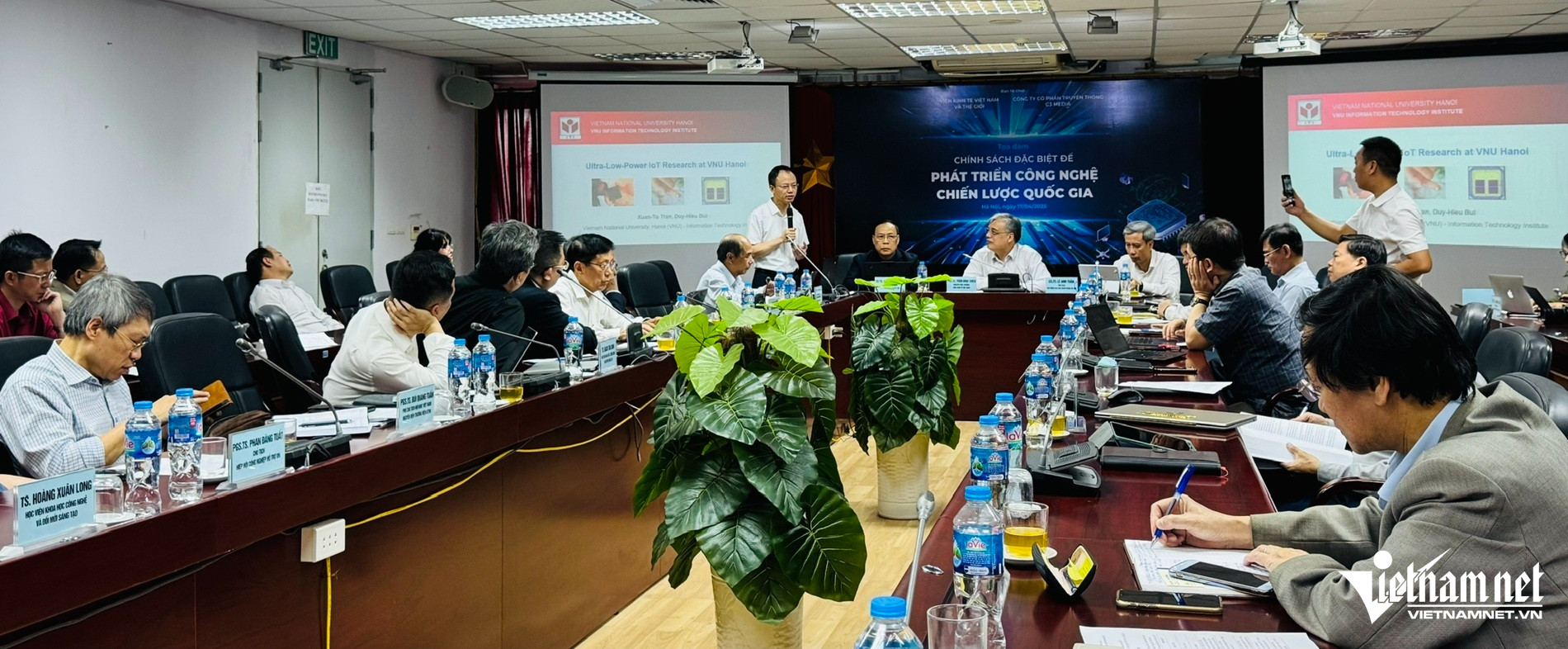
According to him, semiconductors are a very high-tech field and it is not easy to get products accepted by the market. He suggested the simplest way is to establish an IP bank dedicated to Vietnamese designs to share for free or at low cost.
The bank will support the research teams, while the design provider will receive feedback during real-world use to continue to refine it. “When applied to many projects, commercialization will be very easy,” he said.
He also stressed the need for a semiconductor manufacturing plant, large or small, to serve national security and should focus on advanced packaging technology.
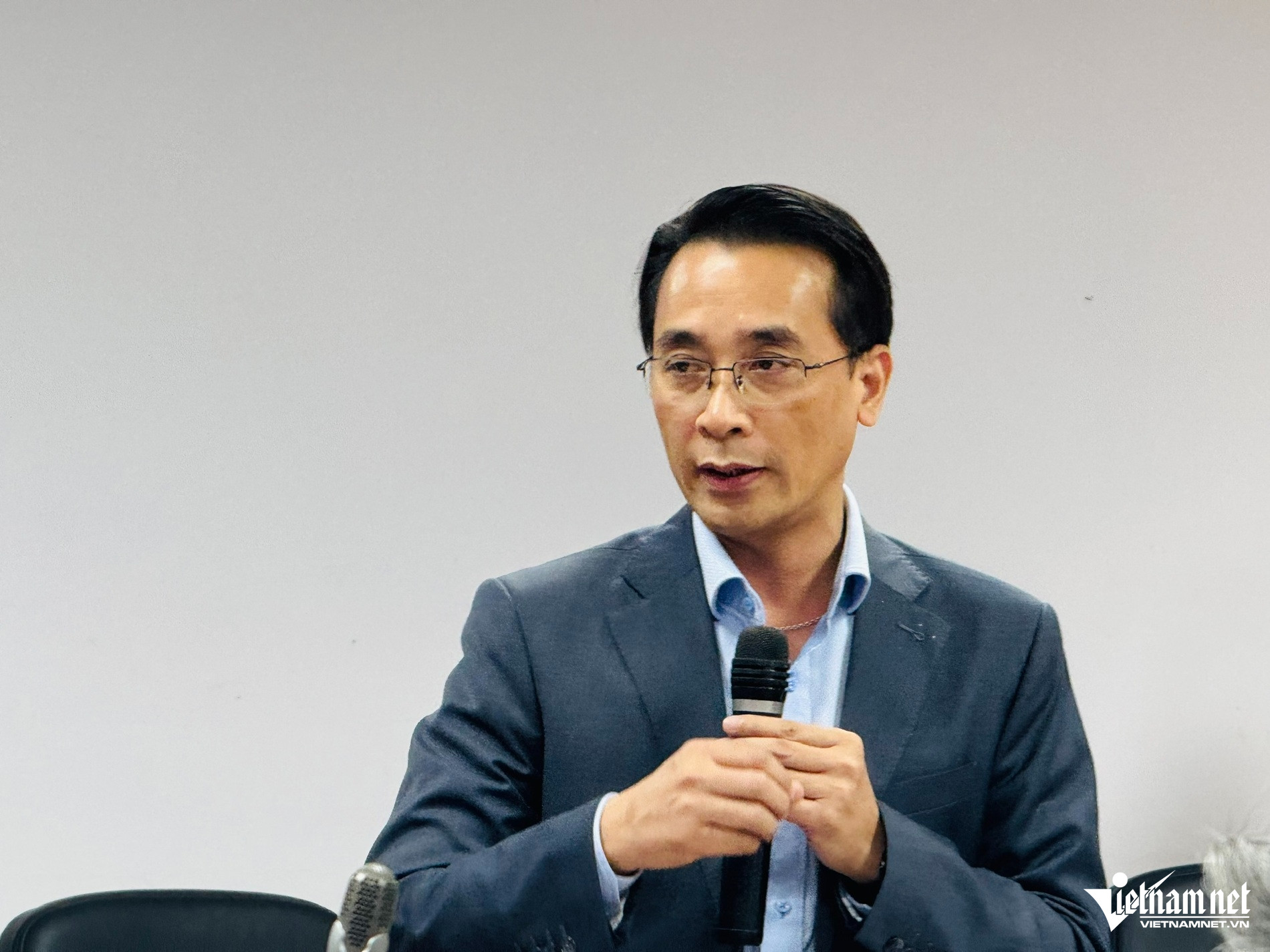
In practice, companies like FPT Semiconductor have started designing chips for IoT, while Viettel provides chips for 5G networks.
Prof. Dr. Chu Duc Trinh, Principal of the University of Technology, Vietnam National University, Hanoi, pointed out: “Semiconductor is an extremely open industry but only for good units, good people, and good technology. To realize the dream of a rich and strong country, first of all, the output products must be sold on the world market.”
Breakthrough mechanism and innovation ecosystem
To realize its potential, Vietnam needs strategic mechanisms and close coordination between the state, businesses and research institutes.
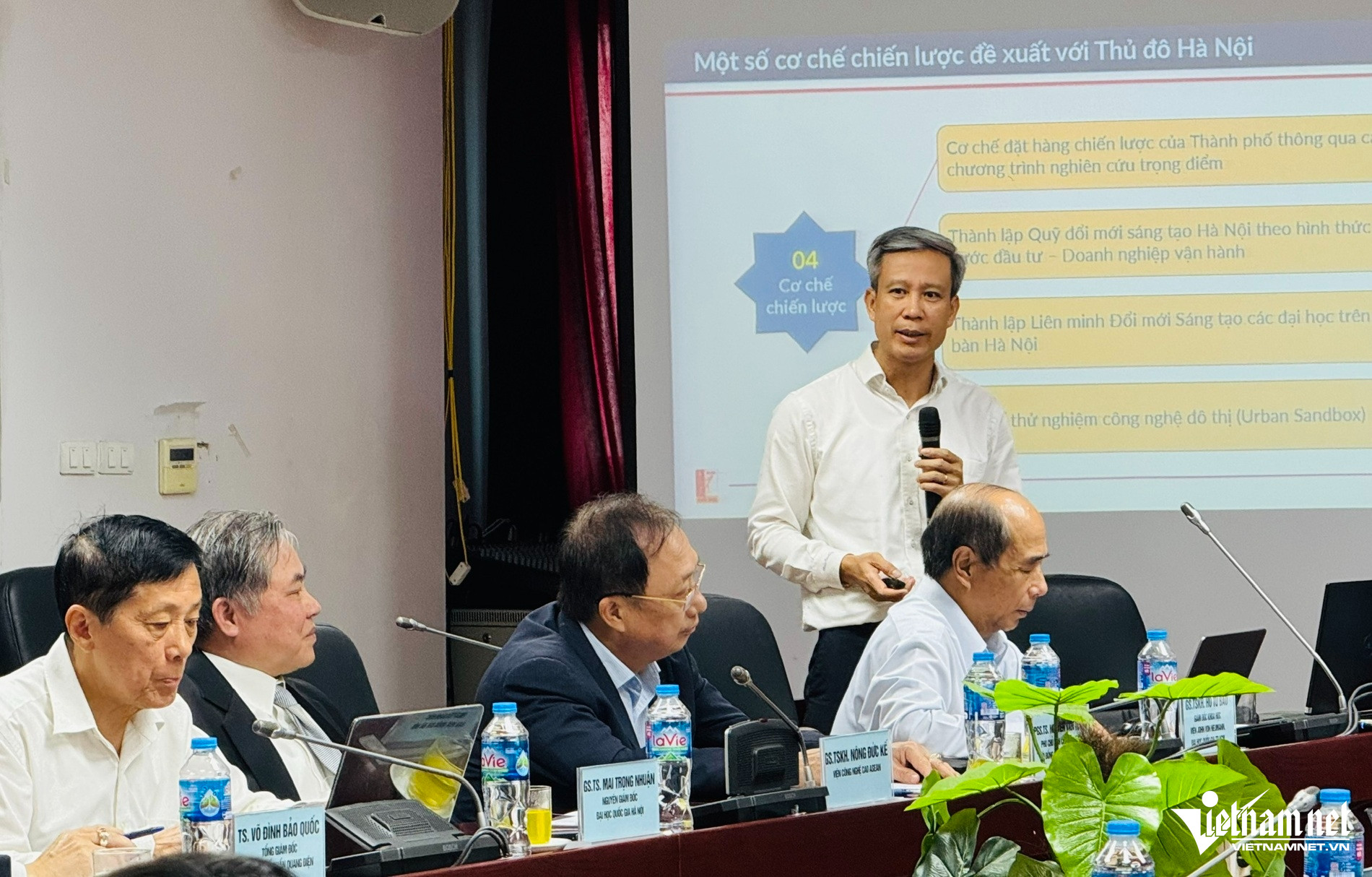
Prof. Dr. Le Anh Tuan, Chairman of the Hanoi Polytechnic Council, proposed that Hanoi city implement a mechanism for ordering key research; establish an innovation fund in the form of state investment and enterprise operation; and establish an innovation alliance between universities.
He highlighted the role of large enterprises – which have significant demand for semiconductor chips – in supporting laboratories and facilities: “There needs to be a mechanism to mobilize financial resources from society and enterprises, combining knowledge teams from institutions such as universities and research institutes.”
Regarding the ecosystem, Prof. Dr. Tran Xuan Tu proposed a model of a joint center between universities to share expensive equipment. “If every unit invests in photolithography machines and manufacturing equipment, the state budget will not be enough,” he warned.
He also called for creating an open mechanism for cooperation with professors and scientists at home and abroad. He cited the example of organizing an international conference, which is very complicated and takes 5-6 months.
Besides, he said that we must determine what technology businesses will be doing in the next 5-10 years and then use that as a topic to invest in science and technology, invest in research institutes and universities.
From there, create a connection between schools and businesses as well as be ready to meet businesses' requirements for a team of experts when deploying new technology in the future.
From a business perspective, Dr. Vo Dinh Bao Quoc, General Director of Quang Dien Joint Stock Company, recommended that Vietnam study how Malaysia organized a free trade zone to attract semiconductor investment since 1972.
In addition, Vietnamese semiconductors should also target technologies that are being forced to move away from traditional manufacturing facilities due to geopolitics.
In order for long-standing supply chains to move to Vietnam, it is necessary to influence many aspects such as diplomacy, economic security, tariff policy, lobbying...
With clear directions and close coordination between the state, businesses and research institutions, Vietnam has the opportunity to create a breakthrough in the semiconductor industry and rise up the global value chain.
Source: https://vietnamnet.vn/nen-co-ngan-hang-ip-ban-dan-cua-nguoi-viet-2392410.html



![[Photo] Prime Minister Pham Minh Chinh starts construction of vital highway through Thai Binh and Nam Dinh](https://vphoto.vietnam.vn/thumb/1200x675/vietnam/resource/IMAGE/2025/5/12/52d98584ccea4c8dbf7c7f7484433af5)
![[Photo] Prime Minister Pham Minh Chinh receives Swedish Minister of International Development Cooperation and Foreign Trade](https://vphoto.vietnam.vn/thumb/1200x675/vietnam/resource/IMAGE/2025/5/12/ae50d0bb57584fd1bbe1cd77d9ad6d97)


![[Photo] Prime Minister Pham Minh Chinh works with the Standing Committee of Thai Binh Provincial Party Committee](https://vphoto.vietnam.vn/thumb/1200x675/vietnam/resource/IMAGE/2025/5/12/f514ab990c544e05a446f77bba59c7d1)





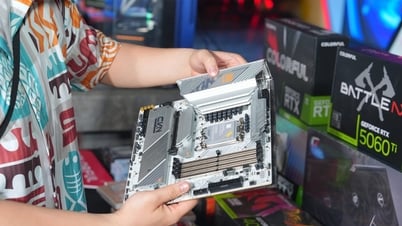







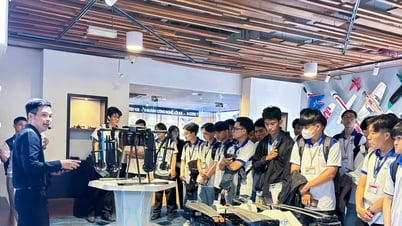
























































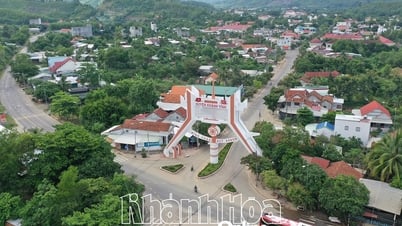











Comment (0)